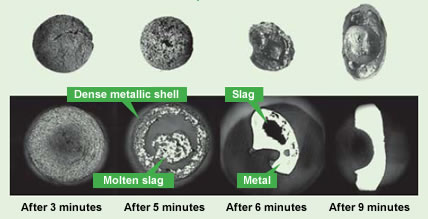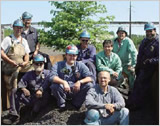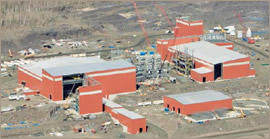Home > About Us > Corporate Social Responsibility > Sustainability Report > Sustainability Report 2009 > 1. ITmk3 Ironmaking Technology
 1. ITmk3 Ironmaking Technology
1. ITmk3 Ironmaking Technology
| Feature: Tapping the Potential of Underutilized Resources |

 

|
||||||||||||||||||||||||||||




